Roasted Chickpeas – Creole Style
This year our family has decided to depart from our traditional Thanksgiving Day fare and instead will be replacing our menu with Louisiana style offerings like Gumbo made with Andouille Sausage. Thankfully, pies will still include Southern favorites like Pecan and Buttermilk (my favorites).
Thinking of items I could contribute that would support the Louisiana theme, and having just recently tried making Roasted Chickpeas, I thought a good snack item to have before the meal would be Roasted Chickpeas Creole Style made with the Tony Chachere’s Creole Seasoning I had picked up a few months ago but never opened.
Before serving new dishes to guests I always make a batch beforehand as a test, so I can work out all the ‘kinks’ in the recipe and not subject someone to a dish before it has been perfected.
To make this recipe I took two cups of the cooked, dried chickpeas I had stored in the refrigerator from making the last batch, and tossed them in a mixture of two tablespoons peanut oil and one tablespoon of Tony Chachere’s Creole Seasoning.
I preheated the oven to 425 degrees, spread the chickpeas on an oven pan, and baked in five minute intervals until the became crispy (about twenty minutes). Be careful not to over toast them, which is easy to do and will ruin them.
Here is the recipe:
ROASTED CHICKPEAS – CREOLE STYLE
Ingredients
2 c Chickpeas, cooked and dried*
2 T Peanut oil
1 T Tony Chachere’s Creole Seasoning
Instructions
Toss chickpeas in oil and seasoning mixture. Spread in one layer on baking sheet and bake at 425 degrees until crispy, stirring every five minutes – about fifteen to twenty minutes.
There are several ways this recipe is significantly different than how I made my other chickpea snacks: these are made with Peanut Oil, not Olive Oil. Also, I roasted them at a higher temperature for a shorter period of time (about half).
*For the method how to cook and dry the chickpeas, see my previous blog Roasted Chickpea Snacks.
I had never used, or even tasted, Tony Chachere’s Creole Seasoning before this and after having used it and tasted it I can understand why it is so popular for easily creating dishes with an authentic Creole flavor. However, be careful using it, especially the first time, because it is very salty.

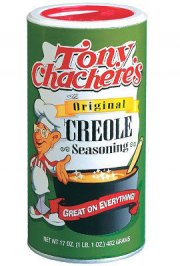
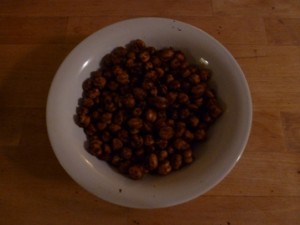

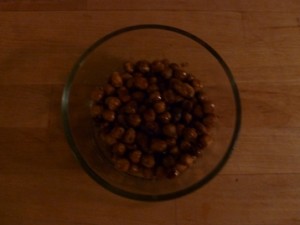
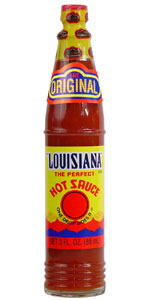
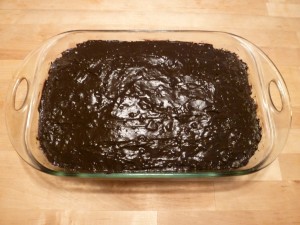
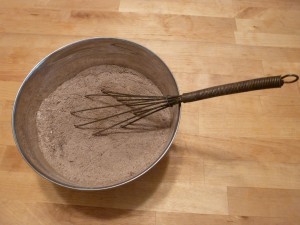
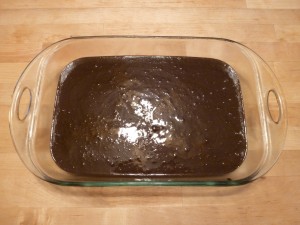
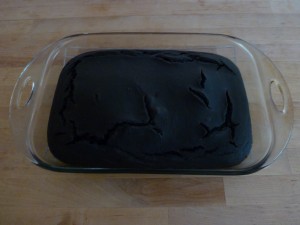
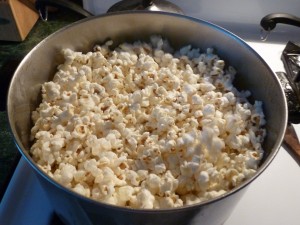
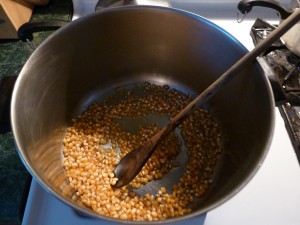
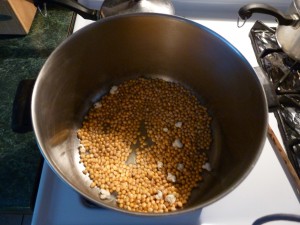

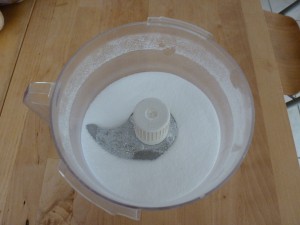
Follow Us!